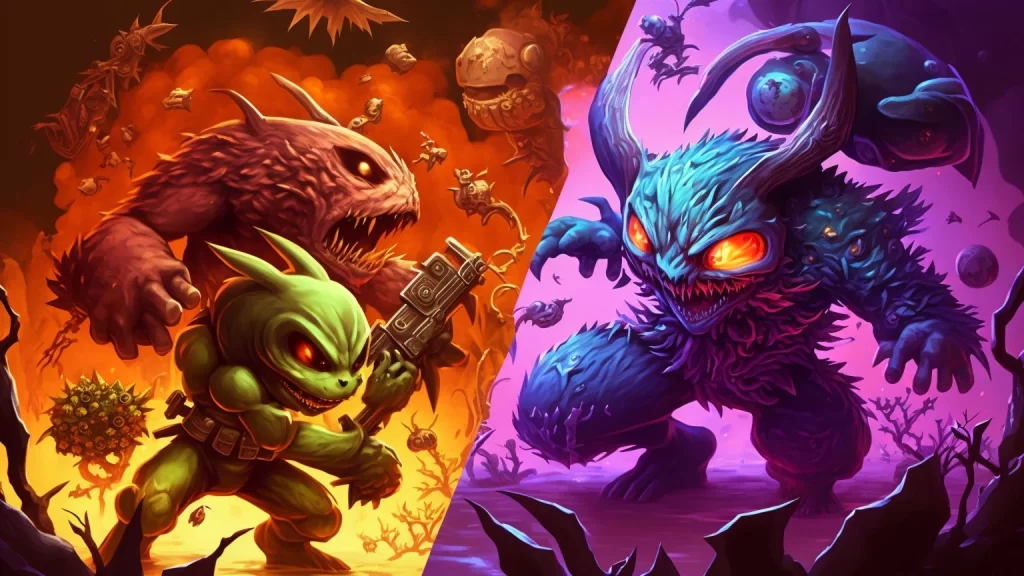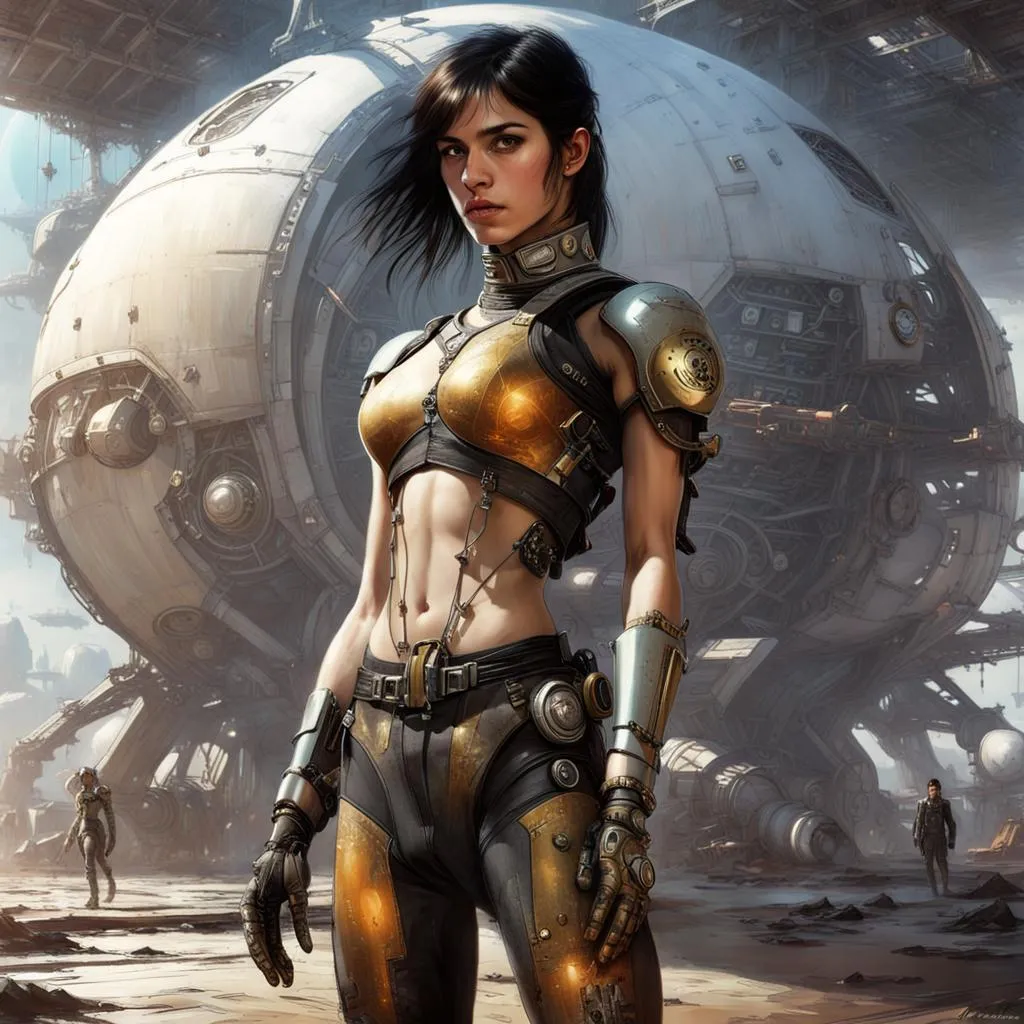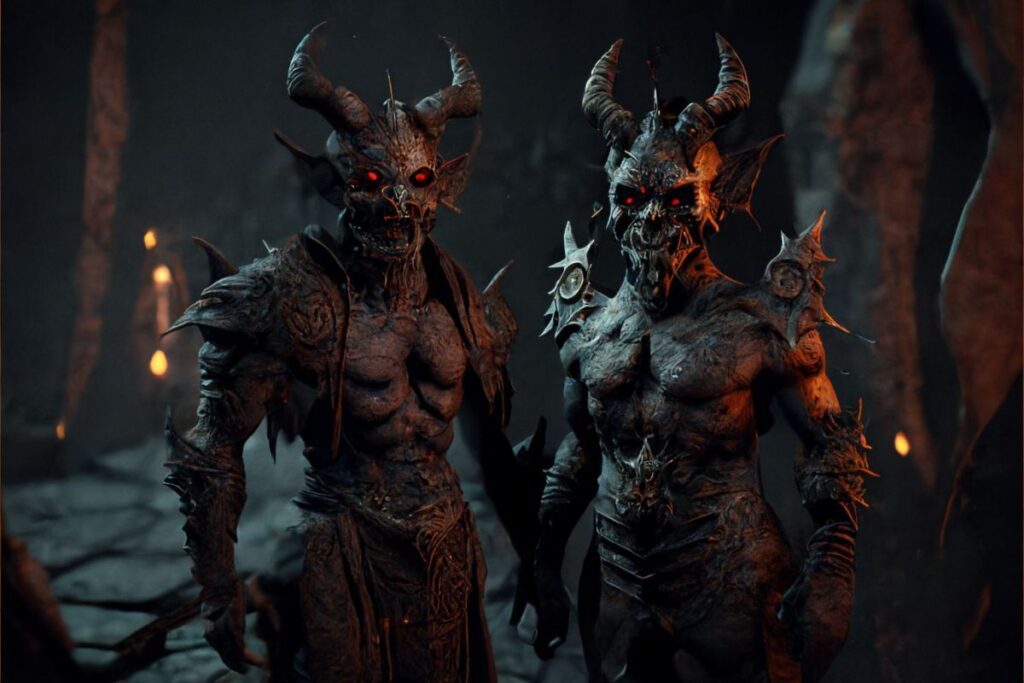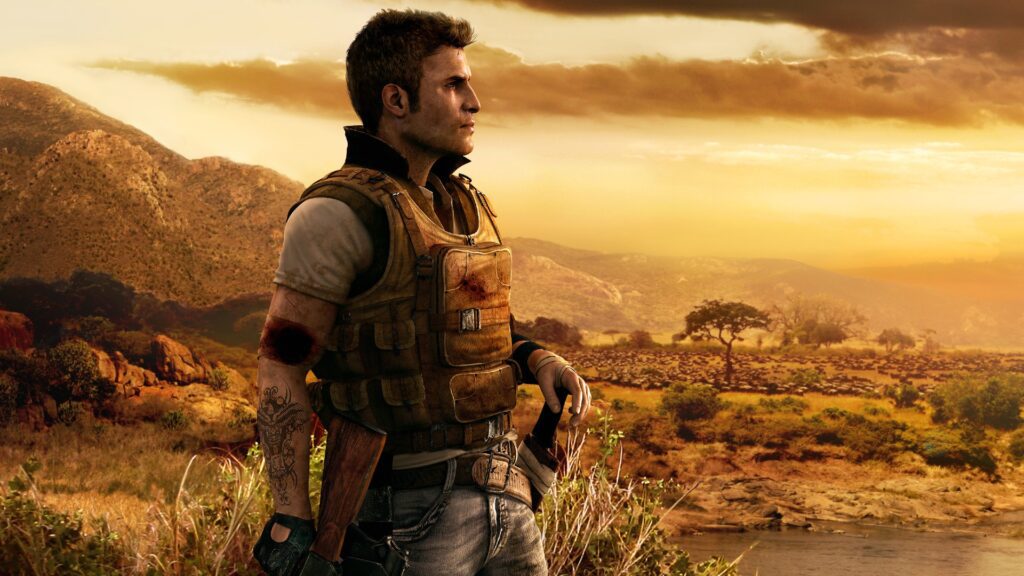For aspiring game developers, the quest for the perfect 3D software can feel like a duel between titans: Maya vs Blender. Both are powerhouses – capable of forging breathtaking visuals that fuel immersive game worlds – but beneath the surface, distinct strengths and weaknesses set them apart.
This guide dives into the arena, wielding comparisons to help you choose the champion that aligns with your development goals.
You may also like: A guide to indie game development in 2024
A brief overview of Maya vs Blender
For aspiring and professional 3D artists, the choice of Maya vs Blender can be a tough one. Both are powerful programs capable of creating stunning visuals, but they cater to different needs and budgets. Let’s delve into the key differences between Maya vs Blender to help you decide which one is the right fit for you.

Maya
Maya, developed by Autodesk, has long been a staple in the entertainment industry. It’s renowned for its robust feature set, professional-grade tools, and widespread adoption among industry professionals. Maya offers comprehensive capabilities for modeling, animation, rigging, texturing, rendering, and more. Its versatility makes it a favorite among game developers, particularly those working on AAA titles.
Blender
Blender, on the other hand, stands as an open-source powerhouse. Developed by the Blender Foundation, it boasts a passionate community and a commitment to providing free, accessible tools for artists worldwide. Blender offers a wide array of features comparable to Maya, including modeling, sculpting, animation, rendering, and even game development through its integrated game engine, though it was discontinued in favor of external engines.
Maya vs Blender: modeling and sculpting
For us to compare Maya vs Blender, we need to think about what each of the software offers. When it comes to modeling and sculpting, both Maya and Blender offer robust tools, but they differ in their workflows and user interfaces. Maya’s interface is often praised for its professional polish and familiarity, making it easier for seasoned artists to navigate. Its polygonal modeling tools are powerful and intuitive, allowing for precise control over mesh topology.

Blender, on the other hand, has a slightly steeper learning curve due to its unique interface design. However, once users become accustomed to its layout, Blender offers a highly efficient workflow, especially for organic modeling and sculpting. Blender’s sculpting tools are particularly noteworthy, with features comparable to dedicated sculpting software.
Animation and rigging
Animation and rigging are integral components of game development, and both Maya and Blender excel in these areas. Maya’s animation tools are industry-standard, offering a robust timeline-based workflow with features like keyframe interpolation, character rigging, and motion capture integration. Its graph editor provides precise control over animation curves, essential for achieving lifelike movement.
Blender’s animation tools are equally capable, albeit with a different approach. Blender’s animation system is largely based on keyframe animation but also supports procedural animation and non-linear animation through its powerful animation nodes system. Additionally, Blender’s rigging tools are highly flexible, allowing for complex character rigs with advanced deformation controls.
Texturing and shading
Creating realistic textures and shaders is crucial for immersing players in the game world. Maya offers a comprehensive set of tools for texturing and shading, including the powerful Arnold renderer for high-quality rendering. Its node-based shader editor provides artists with precise control over material properties, making it ideal for creating intricate textures and materials.
Blender’s texturing and shading capabilities are equally impressive, thanks to its built-in texture painting tools and the Cycles renderer. Blender’s shader editor, though not as mature as Maya’s, is continuously improving, with support for node-based material authoring and physically based rendering. Additionally, Blender’s real-time rendering engine, Eevee, provides instant feedback, speeding up the iteration process.

Rendering and visualization on Maya vs Blender
Rendering is the process of generating images from 3D models, and both Maya and Blender offer powerful rendering engines. But let’s dive into the subject to be able to compare Maya vs Blender.
Maya’s default renderer, Arnold, is highly regarded for its photorealistic output and robust feature set. With support for global illumination, ray tracing, and advanced shader effects, Arnold is a popular choice for rendering high-fidelity game assets and cinematics.
Blender’s rendering capabilities are equally impressive, with the Cycles renderer leading the charge. Cycles is a path-tracing renderer known for its high-quality output and realistic lighting effects. Additionally, Blender’s Eevee renderer provides real-time rendering capabilities, allowing artists to preview their scenes interactively without the need for lengthy render times.
Game development integration
In addition to content creation, both Maya and Blender offer features tailored specifically for game development. Maya’s integration with game engines like Unity and Unreal Engine makes it a seamless choice for creating assets destined for real-time environments. Its FBX export capabilities ensure compatibility with a wide range of game engines and platforms.
Blender, on the other hand, goes a step further with its integrated game engine, though it was discontinued in favor of external engines due to resource constraints. Despite this, Blender remains a powerful tool for game development, with features like real-time viewport rendering, asset management tools, and a built-in logic editor for creating interactive experiences.
Read as well: How to increase polygon count in Blender
Maya vs Blender: the offspring

Let’s check some games that were created with Maya and Blender – so you can have some examples of what you can do with each software.
Battle-Tested on the Big Screen: Games Made with Maya
Maya’s veteran presence in the industry is evident in the AAA titles it’s helped create. Games like Gears of War and Overwatch boast stunning character models and intricate environments, sculpted with Maya’s robust toolset.
Blender’s Indie Gems: A Showcase of Open-Source Brilliance
Blender’s open-source nature fosters a vibrant community that pushes the boundaries of game development. Indie gems like Sintel: The Game, based on the captivating Blender Open Movie Project short film, and the quirky adventure game Yo Frankie! showcase the creativity and capability that Blender empowers.
Maya vs Blender: cost considerations
When it comes to the debate on Maya vs Blender, the cost is often a significant factor in choosing software for game development. Maya is a commercial product, with subscription-based pricing models that can be costly for independent developers or small studios. However, Autodesk offers educational licenses and indie-friendly pricing options to make Maya more accessible to aspiring developers.
Blender, on the other hand, is entirely free and open-source, making it an attractive option for developers on a tight budget. Its no-cost barrier to entry has contributed to its widespread adoption among hobbyists, indie developers, and educational institutions. Additionally, Blender’s open development model means that updates and new features are freely available to all users.
How to choose the right tool for your future game
In the debate on Maya vs Blender for 3D game development, there’s no clear winner. Both software packages offer powerful tools and features tailored for game development, each with its strengths and weaknesses.
Ultimately, the choice between Maya vs Blender comes down to your specific needs, budget, and personal preference. Whether you prioritize industry-standard tools, cost-effectiveness, or community support, both Maya and Blender have much to offer in the realm of 3D game development.
But listen here: if you wish to start your journey in game development, be sure to contact us here at Main Leaf! Our team has been developing games for over a decade now – and is more than ready to assist you along the whole process! Make sure to learn more about our services by contacting us in the form below.

